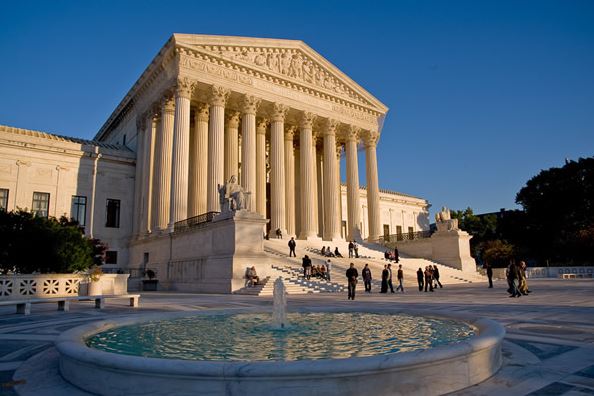Eos Airlines”™ choice of using the word “unairline” in its motto of “Uncrowded. Uncompromising. Unairline.” might have proved its undoing as it ceased operations last week.
And its former employees are not accepting the way the closing was announced with no WARNing, as in the Worker Adjustment and Retraining Notification Act (WARN).
They are suing the Purchase-based business class airline for violating the federal act.
Eos Airlines filed for bankruptcy on April 26 and said it planned to eliminate most of its 450-employee work force.
In a statement released by the company, it said the current “challenging economic and credit environment” forced it to file for Chapter 11 proceedings.
Eos operated twice daily flights between John F. Kennedy International Airport and London Stansted Airport.
According to the U.S. Department of Labor, the WARN Act requires employers of 100 or more employees to provide notice 60 days in advance of plant closings and mass layoffs. This notice must be provided to either affected workers or their representatives, such as a labor union, and to the appropriate unit of local government.
According to the lawsuit filed by the employees, the company did not give the proper 60-day notice.
The class-action lawsuit seeks to cover 60 days worth of wages and benefits from the company for the workers affected by the company”™s shutdown.
Eos airlines had a small fleet of Boeing 757s meant for 220 passengers that was reconfigured with 48 seats that could extend into a fully flat bed giving each passenger 21 square feet of space.
Flights served wine, champagne, cocktails and gourmet foods. There were individual DVD players, and helicopter rides to the airport were offered to some travelers.
The price for the New York to London flights, ranged from $3,500 to $9,000 roundtrip.
One of Eos’ main rivals in the all-business-class category, MAXjet Airways, stopped flying in December.
Eos began with $85 million in startup financing in June 2004. The company was relying on $50 million in additional financing from an undisclosed investor, but the deal fell through, according to a statement from Eos.
“Unfortunately, just as we were working toward closing on an investment that would have carried us to corporate profitability in 2009, some issues arose that we could not overcome,” read a statement from Eos CEO Jack Williams. “It is regrettable that, even though investors continue to be enthusiastic about our business model, and even though we had a term sheet in hand, we were unable to close on the financing we needed.”
The bankruptcy filing in New York listed $70.2 million in assets and $34.9 million in debts for the company.



















